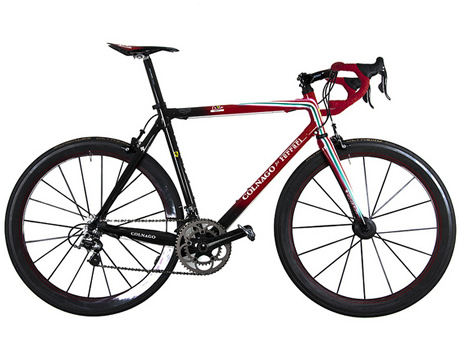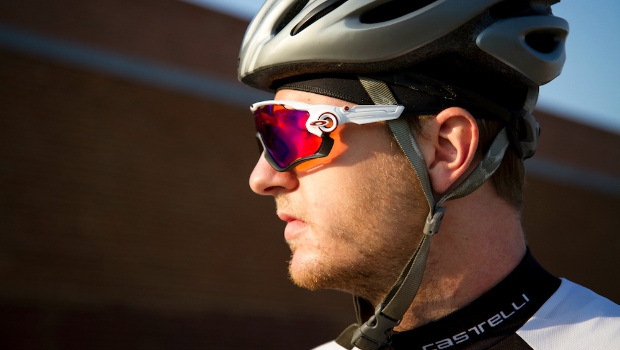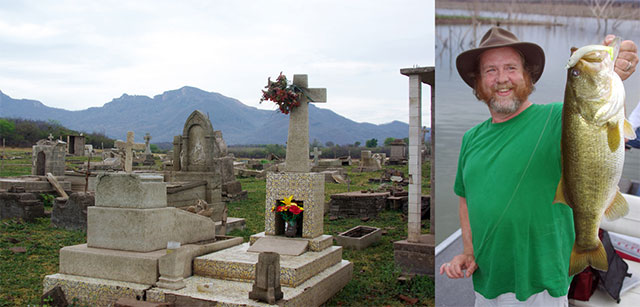Riprap shorelines are ones that are composed of chunk rock. They are used to control erosion. The rock continues down into the water. This provides an ideal habitat for fish due to the fact that there are lots of crevices where their food lives. Riprap shorelines are ideal places to fish.

What to look for in a shoreline
Not all shorelines are created equal. The best ones drop off at a 50% angle. This means that for every foot of distance from the shore, the depth increases by a foot. You do not want one that drops straight down and you also do not want one that is really shallow for a hundred yards.
One more element you want to look at is the size of the rocks. Rocks that are the size of small cars are too large. Gravel is a fantastic habitat for fish in some situations, but that is another subject entirely. Rocks that are basketball size to about 3 feet long are ideal.
I prefer a shoreline that is very long. Riprap that continues on for over a mile means that there is room for many fish to live.
How to fish a riprap shoreline
The nice thing about them is that they can be targeted by shoreline anglers as well ones who are in their boats. When I am shorebound I prefer to use crankbaits. The first mistake that shore anglers make is that they cast straight out into the lake as far as they possibly can. Most of the fish are hunting for food close to the shore. Their food hides in the crevices of the rocks and fish will capture it by chasing food up to the shore and trapping it against the rocks.
I like to cast a crankbait parallel to the shoreline. When the lure lands I want it to be 6-8 feet off the shore. I will begin reeling it in. If I can feel it hitting the bottom then I know I am reeling quickly enough. I can usually free snags as long as it is caught in the rocks. If you walk down the shore until you are past the snag you will usually free your lure.
Cast the lure to 6 feet out from the shore and then make your second cast to 8 feet out. Then make another one that is 10 feet out. After you have done this several times then it is time to walk down the shoreline and try it again.
Fishing a riprap shoreline from a boat is a little different. You will want to be close, but not so close that you spook the fish. This makes my presentation different. The first thing I do is to get a Yum Dinger wacky rigged ready. I cast the dinger out and allow it to sink. Once it hits the bottom I pick it up and cast out to the next rock. I will continue to do this all the way down the shoreline. I like to cast these rig to the spot where I cannot see the bottom anymore. This is usually where the bass will sit and wait for bait to swim by.
I will have my fishing partner use a different presentation. He will use a what is called a jig and pig to target big bass. You will not get many bites using this, but you have a chance at catching a truly big bass. I like to use a Pigskin jig tipped with either a Craw Papi or a Craw Chunk. Make sure that you match the colors of the jig and the soft plastic. I like to use a color that matches a crawfish. Once you have your lure ready, cast it out towards the rocks. Make the lure bounce along the bottom. Pay attention to how it feels as you are working it. If you feel any tapping on your line set the hook. You cannot let the pressure up on the fish even a little bit once you have it hooked or else you will lose it. I cannot tell you how many big fish I have lost while jig and pigging. It is frustrating until you get the hang of it.
Riprap shorelines are one of my "go to" places that I will target on any body of water that I fish. Once you have targeted them for a while you will get the hang of them and you will begin to catch more bass! If you have two good fishermen in your boat and you are using the two presentations I have discussed here you should be able to catch lots of bass on every shoreline you encounter.
Bike Buying Guide: What to Consider When Buying a New Road Bike

A Guy, a Girl & a Jawbreaker: Oakley Jawbreaker w/ Prizm Road Review

Catching Bass in Very Odd Places

Copyright © www.mycheapnfljerseys.com Outdoor sports All Rights Reserved